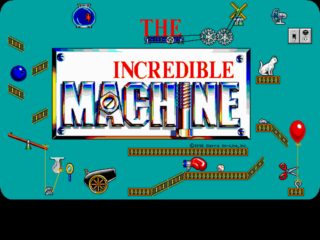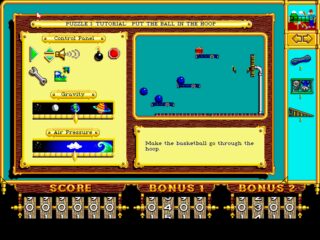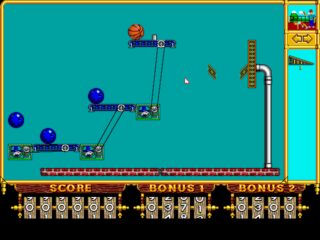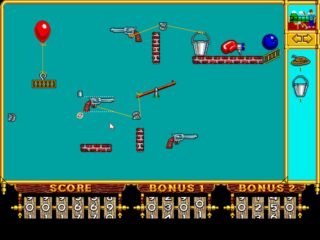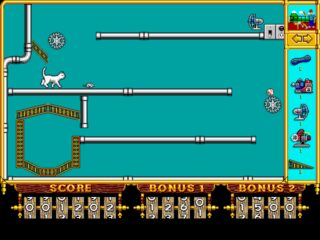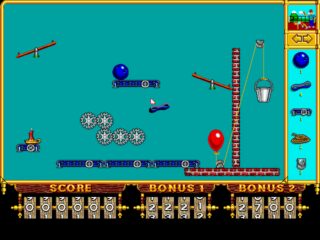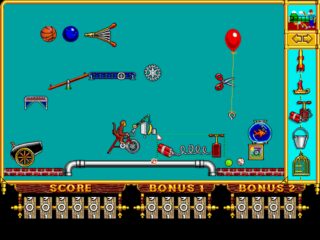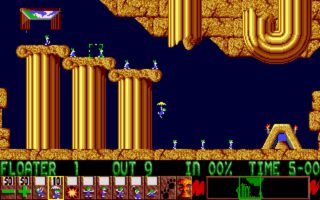The Incredible Machine, released in 1993 by Sierra On-Line, is one of the most original puzzle games ever created for personal computers. Designed by Kevin Ryan and produced by Jeff Tunnell, the game was developed by Jeff Tunnell Productions, a subsidiary of Sierra that focused on experimental and creative gameplay concepts. What emerged from their work was a title that felt immediately unique—both playful and intellectually stimulating.
At its core, The Incredible Machine challenges players to build elaborate contraptions using a variety of objects, all governed by real-world physics. Fans of Rube Goldberg machines immediately recognized the game’s inspiration: seemingly pointless but fascinating chain reactions involving ropes, pulleys, trampolines, lasers, belts, balloons, and more. The goal is to complete simple tasks—put a ball in a box, turn on a light, pop a balloon—using indirect and overly complex solutions that are fun to watch and satisfying to solve.
The game presents a fixed set of components and a predefined area where the player must complete the machine. Gravity, momentum, air currents, and other physical elements are key. Each level becomes a logic puzzle where the player must understand how all pieces interact. Despite this complexity, the interface is user-friendly and intuitive, making it easy to experiment and learn from trial and error.
One of the reasons The Incredible Machine stood out in the early 90s was its educational value. Without feeling like a textbook, the game teaches physics principles and encourages critical thinking, planning, and creativity. It became a favorite not only among gamers but also in educational environments.
Graphically, the game was modest but effective. Its clean and clear visuals allowed players to focus on solving puzzles rather than being distracted by flashy graphics. The sound effects and music added a quirky charm without getting in the way.
The original game was released for MS-DOS and later ported to Windows and Macintosh. Its success led to several sequels and enhanced editions, including The Incredible Machine 2 and The Incredible Toon Machine, which introduced more complex scenarios, better graphics, and even zanier objects.
The Incredible Machine retains a loyal following thanks to its originality and timeless gameplay. It represents a rare example of a game that merges fun and learning without compromise, and its influence can still be seen today in modern puzzle games like Crazy Machines or even creative sandbox experiences like LittleBigPlanet.


